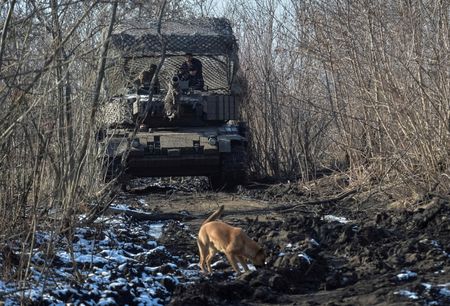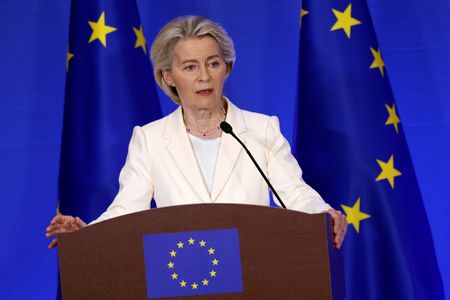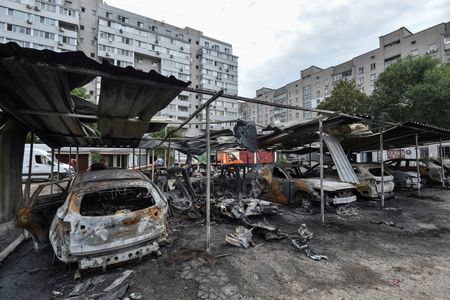By Sabine Siebold
BERLIN (Reuters) – Adapting civilian platforms for military use can speed up defence production while increasing standardization, the CEO of Norway’s Kongsberg Gruppen said, as pressure to boost military spending in Europe grows under President Donald Trump.
“The processes need to be simplified so that we get the speed up,” arms manufacturer Kongsberg’s Geir Haoy told Reuters in an interview published on Friday.
“What we see is that, even from the defence side now, the question is: How can we utilize commercial products and systems and put them into military systems and militarize them?”
Last week, the Trump administration shocked European allies by telling them they must take care of their own security and rely less on the U.S., while announcing talks with Russia to end the war in Ukraine.
U.S. Secretary of Defense Pete Hegseth pushed Europeans to hike military spending to 5% of GDP, warning “stark strategic realities” would prevent the U.S. from being primarily focused on the security of Europe.
European defence stocks rose after these remarks.
As many countries are working on modernizing and increasing their navies, Haoy said one solution would be to standardize vessels by basing them on civilian platforms and militarizing them, thus mitigating the problem of differing standards and platforms.
“You make them as civilian as possible and as military as necessary. That means that you can actually speed up production, get the cost down – and you get a very sophisticated vessel,” he said.
Haoy referred to Ukraine where multiple supply chains for different weapons systems were difficult to support and cost additional time and money.
“If we could standardize more, use civilian platforms, militarize them and put the capabilities and capacities on board, that is what we think is one solution to speed up the capacities.”
Besides building their own capacities, big defence companies should also focus on securing their supply chains which normally consist of smaller, medium-sized companies that “cannot easily take that kind of investment upfront”, he said.
“That is what we are trying to understand here in Europe now: How can we sustain this supply chain even with bigger capacity, and how can we source this?”
(Reporting by Sabine Siebold; editing by Giles Elgood)








